What is a control valve? Types of control valves

What is a control valve? Types of control valves
The Control Valve manipulates a flowing fluid such as gas, steam, water or chemical compounds to compensate for the load disturbance and keep the regulated process variable as close as possible to the desired set point. A control valve works on the principle of controlling the flow of fluid by adjusting the size of the flow passage. The valve body provides a path for the fluid flow, while the valve trim regulates the rate and direction of flow. The valve trim consists of components like a plug, seat, stem, and other internal parts that interact with the fluid flow to regulate the flow rate.
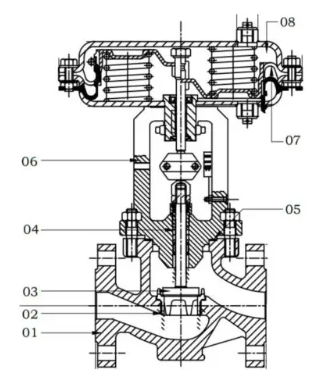
| No. | Part Name |
1 | Body |
2 | Seat |
3 | Plug |
4 | Packing |
5 | Body Gasket |
6 | Yoke |
7 | Diaphragm |
8 | Actuator |
Most control loops in industry are related to pressure, temperature, level and flow. Therefore, their control valves are known as PV/PCV, TV/TCV, LV/LCV and FV/LCV. Furthermore, there is another type of control valves which is also known as On-Off Valve with SXV/UV/XV abbreviation.
PV/PCV/PC: Pressure Control valve or PV/PCV regulates the pressure in a control Loop The main function of the valve is to maintain a consistent pressure level within a specific range, regardless of any changes in the upstream or downstream pressure.
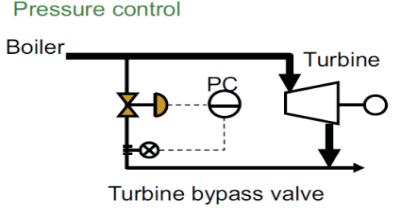
TV/TCV/TC: Temperature Control Valves or TV/TCV is a type of valve that is used to regulate and control the temperature of the fluid in a system.
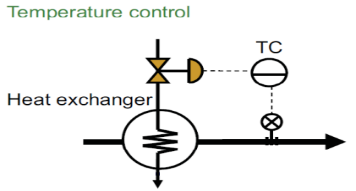
LV/LCV/LC: Level control valve or LV is a device used to maintain a consistent fluid level within a tank or vessel. It works by regulating the flow of liquid into or out of the tank, in response to changes in the fluid level.
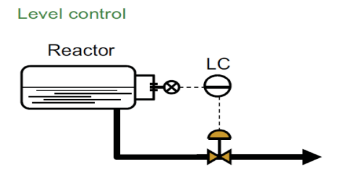
FV/FCV/FC: A Flow Control Valve or FV is a type of valve that helps regulate and control the flow rate of a fluid in a system. It works by changing the size of the valve opening to maintain a consistent flow rate within a specific range, no matter what’s happening upstream or downstream.
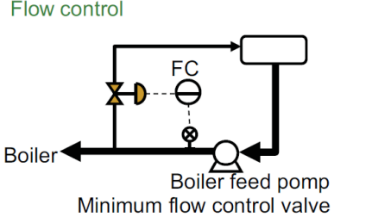
- SXV/UV/XV: XV indicates on-off type control valve. this means it either allows fluid to flow through it or stops it completely.
XV type valve is always chosen either from these two operational methods as follows:
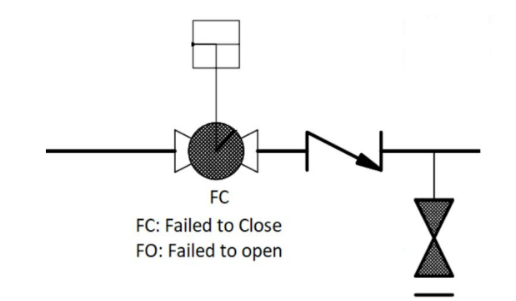
- Failed to Close (FC): This is generally indicated just below the valve symbol in P&ID. Failed to close suggests the valve’s functionality which informs that, this valve will stop the flow of process fluid if anything goes wrong with this valve.
- Failed to open (FO): Just opposite the above type, FO written below the control valve symbol indicates it will remain open if anything goes wrong.
You Might Also Like
FAQs:
What is a control valve?
A control valve is a device that regulates fluid flow in industrial systems to maintain desired conditions like pressure, temperature, and level.
How does a control valve work?
It manipulates the flow of fluids by adjusting the size of the flow passage, allowing precise control over the rate and direction of the fluid.
What are the main components of a control valve?
Key components include the valve body, seat, plug, packing, body gasket, yoke, diaphragm, and actuator.